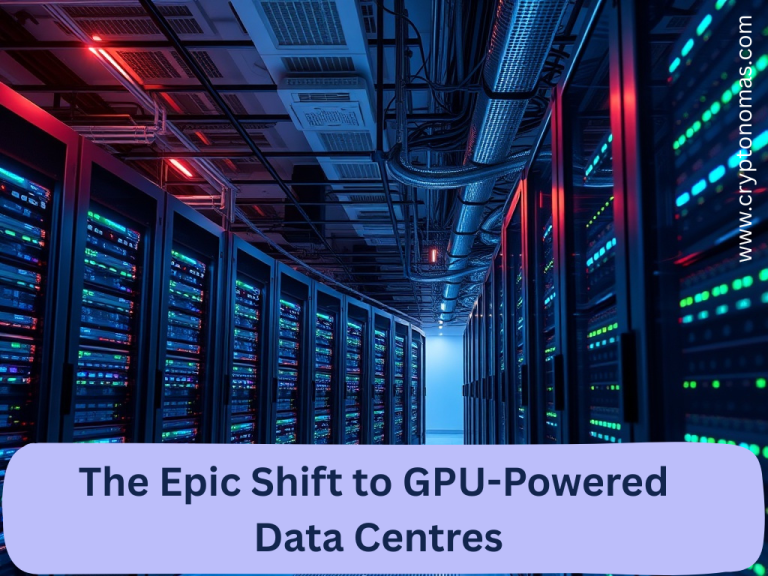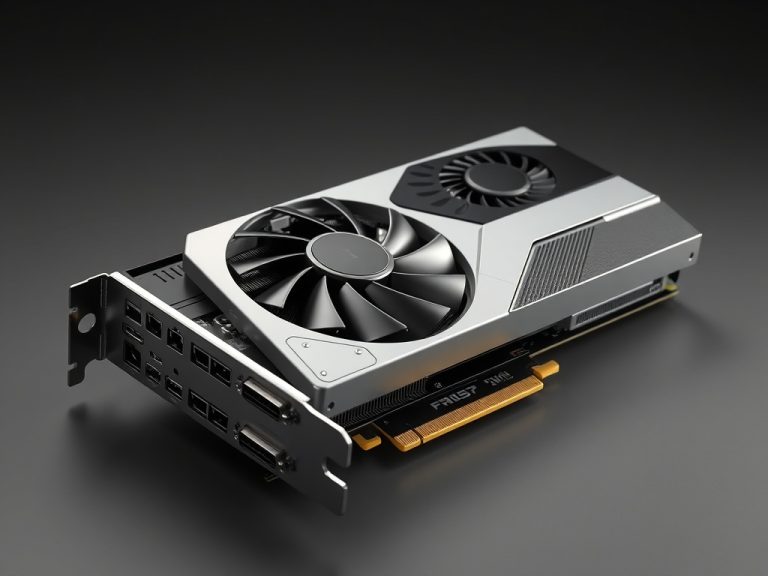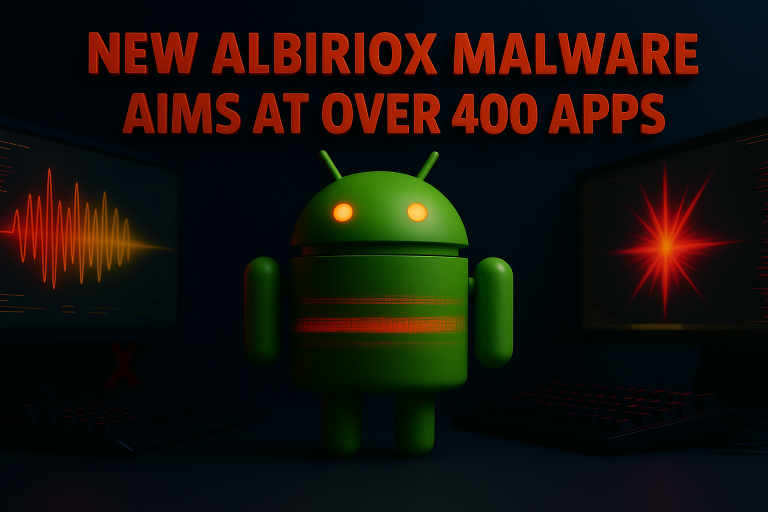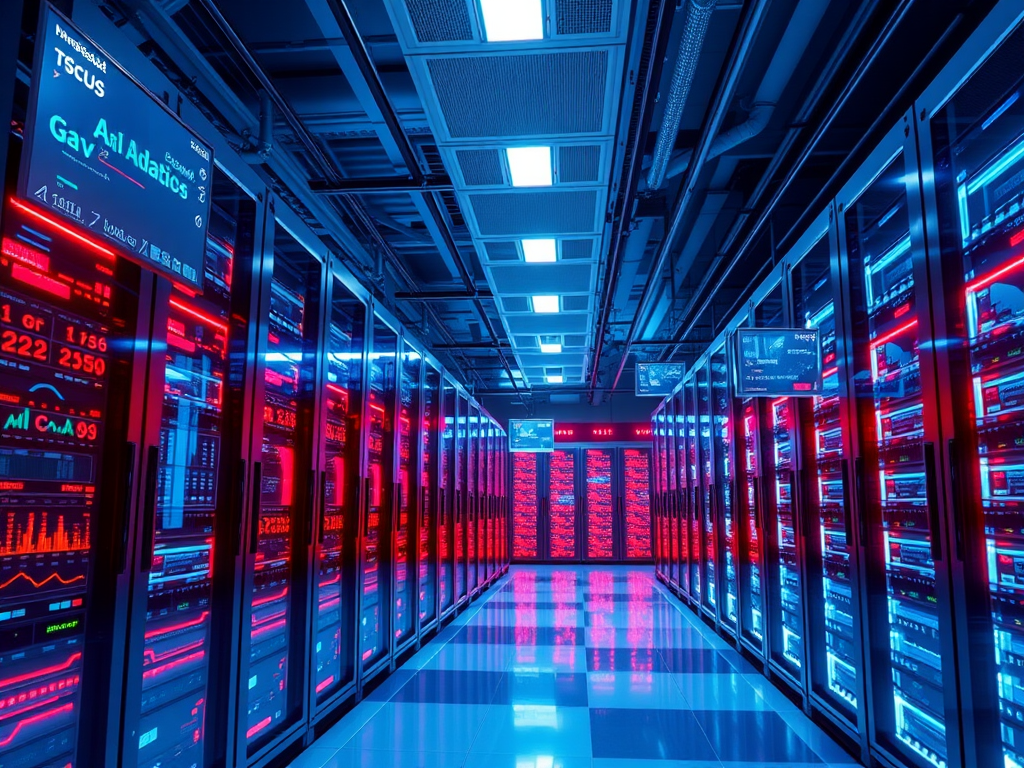
As data-driven technologies continue to evolve, the demand for efficient processing power in data centers is skyrocketing. Graphics Processing Units (GPUs), once primarily used for rendering graphics in gaming and visual applications, are now at the forefront of computing power in data centers. This article explores the future of GPU acceleration, its implications for data centers, and the trends shaping this transformation.
The Rise of GPU Acceleration
1. Enhanced Performance for AI and ML
GPUs excel in parallel processing, making them ideal for artificial intelligence (AI) and machine learning (ML) workloads. Tasks such as training deep learning models require massive computational resources, which GPUs can provide more efficiently than traditional CPUs. For instance, training a complex neural network can take days or even weeks on CPUs, while GPUs can reduce this time to hours or even minutes. As AI applications proliferate across industries—from healthcare to finance—the need for GPU-accelerated data centers will grow exponentially.
2. Expansion Beyond Graphics
While GPUs were initially designed for graphics rendering, their architecture is now leveraged for a variety of compute-intensive tasks. Fields such as data analytics, scientific computing, and even blockchain technologies depend heavily on GPU acceleration to handle large datasets and complex calculations. This shift has led to the development of frameworks like CUDA and OpenCL, which facilitate general-purpose computing on GPUs.
Key Trends Shaping the Future
1. Adoption of Hybrid Architectures
Data centers are moving towards hybrid architectures that combine CPUs and GPUs. This approach allows organizations to optimize workloads based on the specific strengths of each processor type. For example, CPUs can efficiently handle general-purpose tasks like data management, while GPUs can be allocated to heavy computational tasks such as model training and inference. This synergy not only enhances overall efficiency but also improves resource utilization.
2. Advancements in GPU Technology
The continuous evolution of GPU technology is driving significant performance improvements. Innovations like NVIDIA’s Tensor Cores and AMD’s RDNA architecture provide specialized capabilities for AI and ML tasks. Future GPUs are expected to feature even more specialized cores, increased memory bandwidth, and enhanced energy efficiency. The introduction of HBM (High Bandwidth Memory) is also set to revolutionize data throughput, allowing GPUs to process more data at higher speeds.
3. Cloud-Based GPU Services
Cloud service providers, such as AWS, Google Cloud, and Azure, are increasingly offering GPU instances to meet the rising demand for scalable processing power. These services allow organizations to access GPU acceleration without the need for significant capital investments in hardware. This democratization of high-performance computing enables smaller companies and startups to leverage advanced computing capabilities, fostering innovation across various sectors.
4. Edge Computing Integration
As IoT devices proliferate, the need for real-time data processing at the edge becomes paramount. Deploying GPUs in edge devices can enhance capabilities for applications such as autonomous vehicles, smart cities, and industrial automation. By processing data closer to where it is generated, organizations can achieve lower latency, improved responsiveness, and reduced bandwidth costs.
5. Energy Efficiency Initiatives
With the increasing focus on sustainability, energy efficiency in data centers is becoming a critical consideration. GPUs are generally more energy-efficient than CPUs for specific workloads, particularly when it comes to AI and ML. Future developments are likely to focus on optimizing power consumption, such as dynamic voltage and frequency scaling (DVFS), which adjusts power use based on workload demands.
Challenges Ahead
1. Resource Management
As data centers increasingly rely on GPUs, effective resource management will be crucial. Balancing workloads between CPUs and GPUs, optimizing energy consumption, and ensuring efficient cooling will pose challenges that data center operators must address. Advanced orchestration tools and machine learning algorithms can help automate and optimize resource allocation.
2. Cost Considerations
While GPU prices have been decreasing, the initial investment in GPU infrastructure can still be high. Organizations must weigh the costs against the performance benefits, especially for smaller data centers. As technology evolves, more cost-effective solutions will likely emerge, but careful budgeting and planning will remain essential.
3. Skills Gap
The growing reliance on GPU acceleration in data centers necessitates a workforce skilled in GPU programming and optimization. Bridging this skills gap will be essential for organizations looking to leverage GPU capabilities fully. Investing in training programs and partnerships with educational institutions can help cultivate a skilled workforce.
4. Data Security
As data centers become more reliant on cloud-based GPU services, security concerns will rise. Protecting sensitive data in transit and at rest, especially in multi-tenant environments, is paramount. Organizations must implement robust security protocols and encryption methods to safeguard their data.
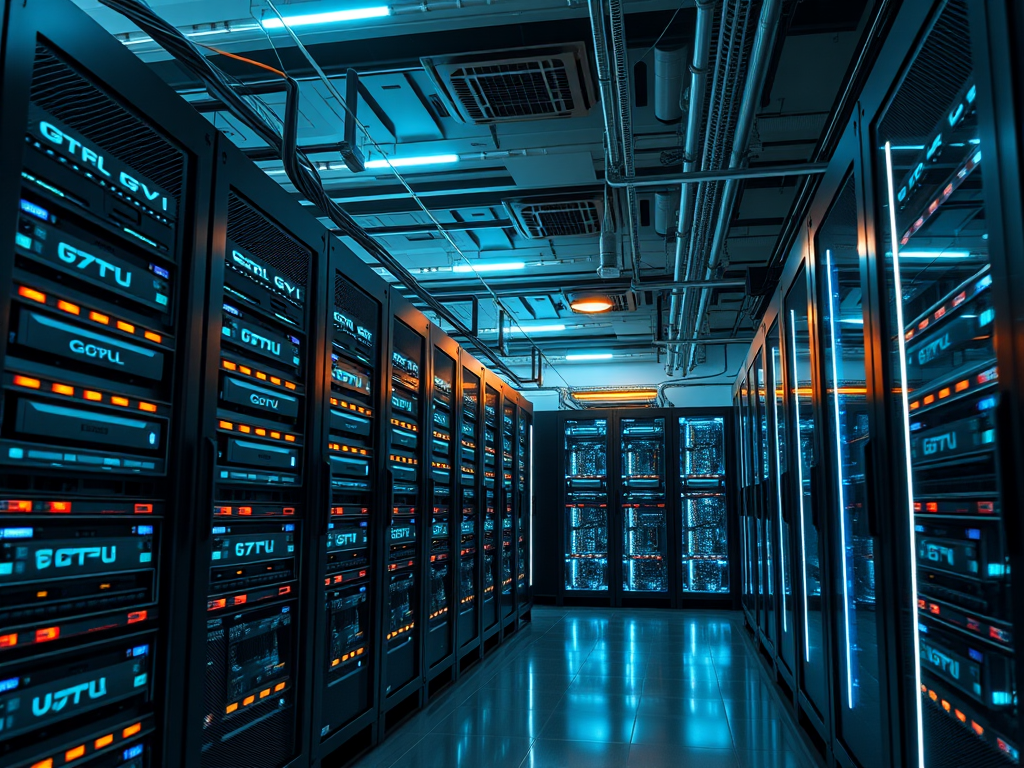
The Road Ahead
1. Research and Development
Continuous investment in research and development will play a critical role in advancing GPU technology. Collaborations between tech companies, academic institutions, and research organizations can drive innovation, leading to new architectures and applications that further enhance GPU capabilities.
2. Standardization and Interoperability
As GPU technology evolves, efforts towards standardization and interoperability will be crucial. Establishing common standards can facilitate easier integration across different platforms and ensure that organizations can harness the benefits of GPU acceleration without compatibility issues.
3. Focus on AI Ethics
As GPU-powered AI applications become more prevalent, ethical considerations will come to the forefront. Organizations must ensure that their AI systems are designed to be fair, transparent, and accountable. This focus on ethics will not only enhance trust but also drive broader adoption of AI solutions.
Conclusion
The future of GPU acceleration in data centers is bright, driven by advancements in technology and the increasing demand for high-performance computing. As organizations continue to embrace AI, machine learning, and data analytics, the role of GPUs will expand significantly. By addressing challenges related to resource management, cost, skills development, and security, data centers can harness the full potential of GPU acceleration. This transformation will pave the way for innovative applications, enhanced efficiency, and a more data-driven future, ultimately shaping the next generation of computing infrastructure.

